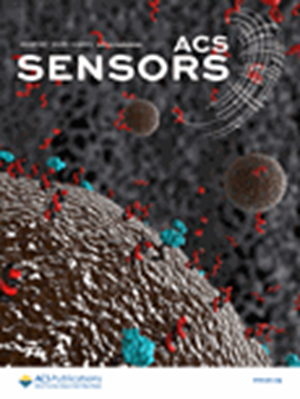用于可持续锌阳极的电沉积物结晶纹理分析
IF 8.2
1区 化学
Q1 CHEMISTRY, ANALYTICAL
引用次数: 0
摘要
锌金属水电池(AZMBs)为电网规模的能源存储提供了一种前景广阔的解决方案。然而,与锌金属阳极有关的关键挑战,特别是电沉积物的形态异质性以及不可逆和不均匀电沉积引起的界面化学不稳定性,阻碍了其商业化应用。在锌电沉积过程中进行晶体纹理加工是实现晶粒细化和化学性质稳定的电沉积物的有效方法,从而促进了锌阳极的可持续循环。尽管在锌制绒方面取得了重大进展,但仍缺乏系统阐明不规则形态演变和晶体制绒的原理和机制的全面综述。因此,本综述针对这一空白,首先从晶体学角度研究了这些问题的形成。然后,综述对锌电沉积物中结晶纹理的五种不同诱导机制进行了分类和详细介绍。最后,这篇综述提出了结晶纹理的未来展望,旨在推动 AZMB 从学术研究向工业应用的过渡。本文章由计算机程序翻译,如有差异,请以英文原文为准。
Crystallographic Texturing of Electrodeposits for Sustainable Zn Anodes
Aqueous Zn metal batteries (AZMBs) offer a promising solution for grid‐scale energy storage. Nonetheless, their commercial deployment is hindered by pivotal challenges related to the Zn metal anode, particularly the morphological heterogeneity of electrodeposits and interfacial chemical instability arising from irreversible and uneven electrodeposition. Crystallographic texturing during Zn electrodeposition emerges as a robust approach to achieve grain‐refinement and chemically stable electrodeposits, thereby promoting the sustainable cycling of the Zn anode. Despite substantial progress in Zn texturing, a comprehensive review that systematically elucidates the principles and mechanisms underlying irregular morphological evolution and crystallographic texturing is still lacking. Therefore, this review addresses this gap by first examining the formation of these issues from a crystallographic perspective. The review then categorizes and details five distinct induction mechanisms for crystallographic texturing in Zn electrodeposits. Eventually, the review offers future perspectives on crystallographic texturing, aiming to advance the transition from academic research to industrial application of AZMBs.
求助全文
通过发布文献求助,成功后即可免费获取论文全文。
去求助
来源期刊

ACS Sensors
Chemical Engineering-Bioengineering
CiteScore
14.50
自引率
3.40%
发文量
372
期刊介绍:
ACS Sensors is a peer-reviewed research journal that focuses on the dissemination of new and original knowledge in the field of sensor science, particularly those that selectively sense chemical or biological species or processes. The journal covers a broad range of topics, including but not limited to biosensors, chemical sensors, gas sensors, intracellular sensors, single molecule sensors, cell chips, and microfluidic devices. It aims to publish articles that address conceptual advances in sensing technology applicable to various types of analytes or application papers that report on the use of existing sensing concepts in new ways or for new analytes.
 求助内容:
求助内容: 应助结果提醒方式:
应助结果提醒方式:


